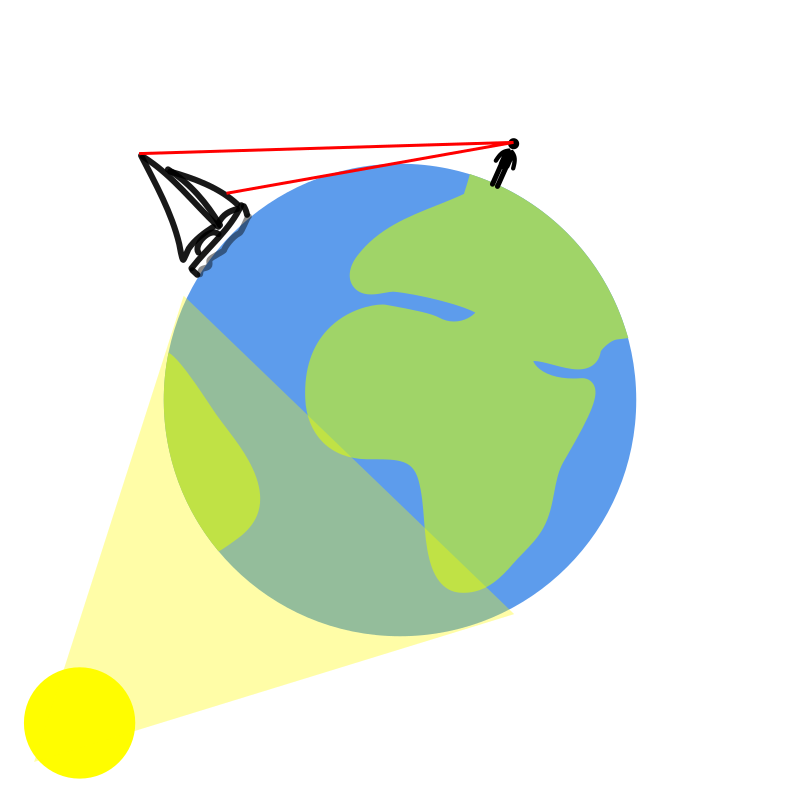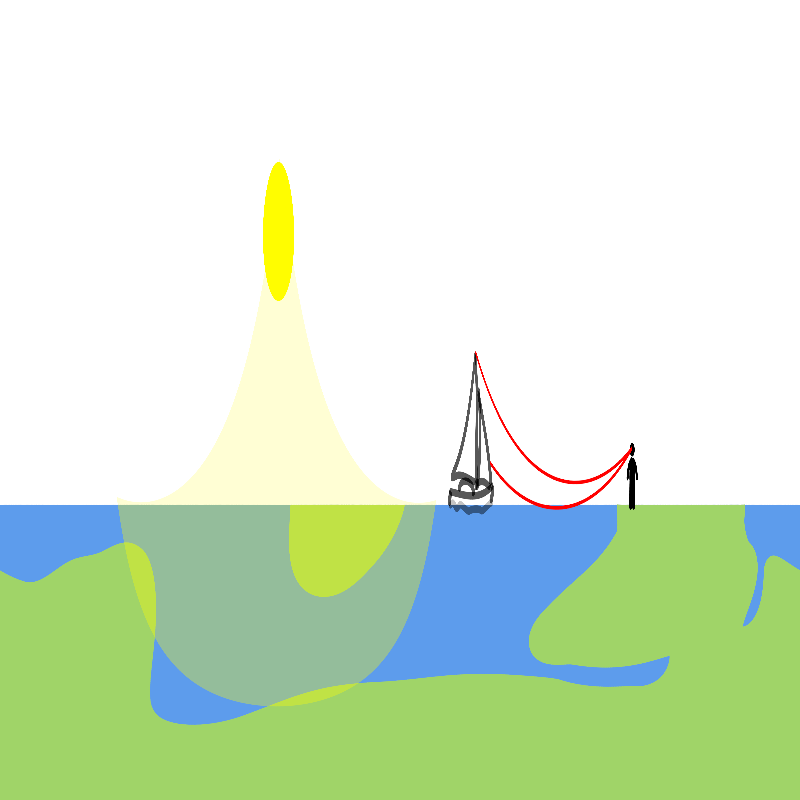I got a litlte bit nerd sniped by the following video and decided to implement game of life in clojure.core.logic, because any logic program can be evaluated forwards and backwards.
Without further ado here is my implementation:
(ns pepijndevos.lifeclj
(:refer-clojure :exclude [==])
(:use clojure.core.logic)
(:gen-class))
;; A helper to get the neighbouring cells.
;; Clips to zero.
(defn get-neighbours [rows x y]
(for [dx (range -1 2)
dy (range -1 2)
:when (not (= dx dy 0))]
(get-in rows [(+ x dx) (+ y dy)] 0)))
;; Produces binary vectors of a certain number of bits.
;; This is used to generate all neighbour combinations.
(defn bitrange [n]
(sort-by #(apply + %)
(for [i (range (bit-shift-left 1 n))]
(vec (map #(bit-and 1 (bit-shift-right i %)) (range n))))))
;; Encode the game of life rules as a 256 element conde.
;; Depending on the number of ones in a vector,
;; the corresponding rule is generated
;; that equates the pattern to the neigbours
;; and the appropriate next state.
;;
;; This can be asked simply what the next state is for
;; given neighbours and current state.
;; OR you could drive it backwards any way you like.
(defn lifegoals [neigh self next]
(or*
(for [adj (bitrange 8)
:let [n (apply + adj)]]
(cond
(or (< n 2) (> n 3)) (all (== next 0) (== neigh adj))
(= n 3) (all (== next 1) (== neigh adj))
:else (all (== next self) (== neigh adj))))))
;; Relate two grids to each other according to the above rules.
;; Applies lifegoals to every cell and its neighbours.
;; in the forwards direction executes one life step,
;; in the backwards direction generates grids
;; that would produce the next step.
(defn stepo [size vars next]
(let [rows (->> vars (partition size) (map vec) (into []))
neig (for [x (range size)
y (range size)]
(get-neighbours rows x y))]
(everyg #(apply lifegoals %) (map vector neig vars next))))
;; Make a grid of unbound variables.
(defn grid [size] (repeatedly (* size size) lvar))
;; Simply execute a life step on the state.
(defn fwdlife [size state]
(let [vars (grid size)
next (grid size)]
(run 1 [q]
(== q next)
(== vars state)
(stepo size vars next))))
;; Produce three backward steps on state.
(defn revlife [size state]
(let [start (grid size)
s1 (grid size)
s2 (grid size)
end (grid size)]
(run 1 [q]
(== q [start s1 s2 end])
(== end state)
(stepo size s2 end)
(stepo size s1 s2)
(stepo size start s1)
)))
;; Nicely print the board.
(defn printlife [size grids]
(doseq [g grids]
(doseq [row (->> g (partition size) (map vec) (into []))]
(doseq [t row]
(print t ""))
(print "\n"))
(print "\n")))
;; Test with a glider.
(defn -main [& args]
(->> [0 0 0 0 0 0
0 0 0 0 0 0
0 0 0 1 1 0
0 0 1 1 0 0
0 0 0 0 1 0
0 0 0 0 0 0]
(revlife 6)
first
(printlife 6)))
output:
$ clj -Mrun
1 0 1 0 1 1
1 0 0 0 0 1
0 0 1 0 0 0
0 0 0 0 0 1
1 0 1 1 0 0
1 0 1 1 1 1
0 1 0 0 1 1
0 0 0 1 1 1
0 0 0 0 0 0
0 1 1 1 0 0
0 0 1 0 0 1
0 0 1 0 1 0
0 0 0 1 0 1
0 0 0 1 0 1
0 0 0 0 0 0
0 1 1 1 0 0
0 0 0 0 1 0
0 0 0 1 0 0
0 0 0 0 0 0
0 0 0 0 0 0
0 0 0 1 1 0
0 0 1 1 0 0
0 0 0 0 1 0
0 0 0 0 0 0
Sadly, this is nowhere near fast enough to solve the play button problem.







